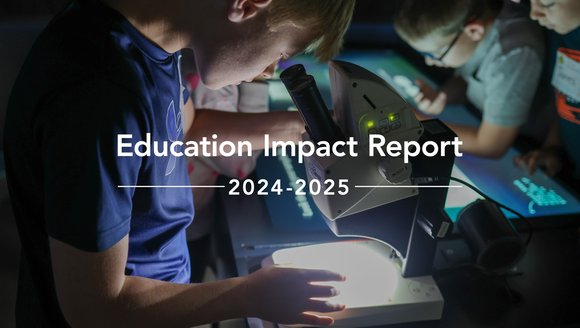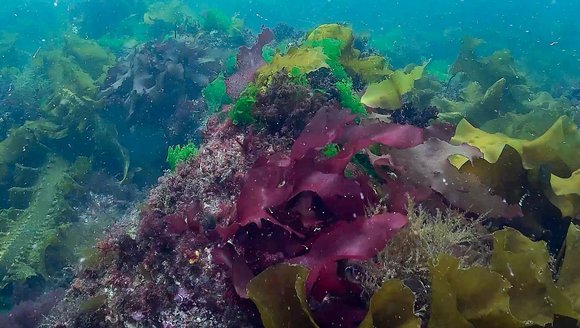Gulf of Maine, Explained: Sea Level Rise
Gulf of Maine, Explained | Mar 20, 2018
The Gulf of Maine occupies only a small corner of the global ocean, but it is a microcosm for changes, challenges, and opportunities arising around the world. As conditions in the Gulf of Maine change, our coastal communities are the first to notice. One of the most pressing challenges associated with climate change is sea level rise.
As Gayle describes in the video below, there are two primary drivers to sea level rise: warming waters and melting land ice. As water warms, it expands, which causes sea levels to rise. On top of that, melting glaciers turn ice that was trapped on land into water that drains to the ocean. Watch the video above to hear more about sea level rise, and how you can help your community think about this issue.
You've probably noticed more frequent news coverage of intense storms, unusual temperatures, ocean warming, and coastal flooding. As these issues become more prevalent in our daily lives, it's becoming more important to understand the impacts of these events — today and in the future. Ensuring the region's resiliency to climate impacts, such as sea level rise, requires a scientifically informed and engaged public.
How will the places you live, work, and play in be impacted by sea level rise? Scroll through the interactive tool below to explore different scenarios of sea level rise in Maine.
Or, join us for one of our upcoming Sea Level Rise workshops [CHECK LINK] here at GMRI.
Use the interactive tool below to explore how different sea level rise scenarios will impact Maine.
Gulf of Maine, Explained
In our video series, The Gulf of Maine, Explained, you’ll learn more about important-but-unfamiliar concepts related to our work. We’ll cover commercial fishing, fisheries research, sustainable seafood, education, and more. While we probably won’t answer all your questions in one short video, we hope to spark your curiosity about complicated issues that are central to our mission.



